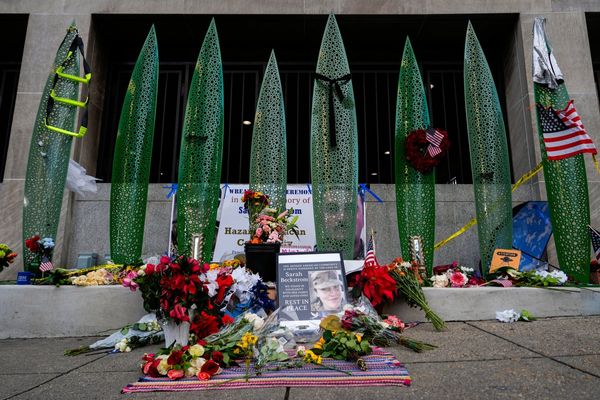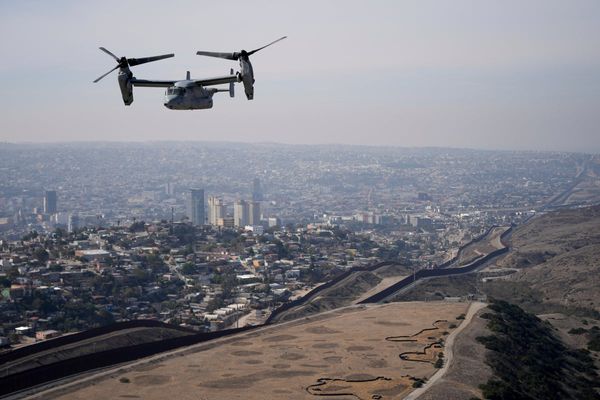Authorities are concerned at the spread of an Omicron sub-variant of COVID-19, which is believed to be driving rising case numbers in NSW.
Health Minister Brad Hazzard on Thursday told a NSW budget estimates hearing the BA.2 sub-variant, thought to be more infectious than the BA.1 lineage, was becoming the dominant Omicron offshoot.
Mr Hazzard said preliminary data from the University of NSW indicated cases could "more than double" within six weeks.
"It's very preliminary and we need to do a lot more digging ... but we are concerned at this point that BA.2 is amongst us and overtaking BA1," he said.
There were 16,288 new COVID-19 cases recorded in NSW on Thursday, the highest figure since January 27.
The Health Minister said he was concerned the public had "switched off" from the virus's threat, pointing to the lagging uptake of boosters shots in the community which sits at 56 per cent.
Get the lastest COVID-19 news from around Australia in our live blog"We're still sitting way off, way off the booster doses that we need through the community," Mr Hazzard said.
"People need to understand that while the community has gone to sleep on the virus, the virus hasn't gone to sleep on the community.
"The virus is still out there and it can wreak havoc if we don't go and get our boosters fast."
BA.2, known as the "stealth" variant, has been circulating in Australia since late January.
It's believed to be more transmissible than BA.1 but it is unknown whether it is more, or less, severe.
A rise in case numbers was expected in NSW after restrictions, including mask rules, were eased on February 25.
On February 17, the day Premier Dominic Perrottet announced the rules would be rolled back, he said a spike in infections should not be seen as "a measure of success or failure".
The University of NSW's Associate Professor James Wood said research suggests daily cases could reach the 20,000 to 30,000 range, sparking more hospital presentations.
But Associate Professor Wood said vaccines appeared to work well against BA.2, and he didn't expect a sharp increase in severe illness.
"The proportion of (cases) that is BA.2 has started to grow rapidly and is probably the dominant variant already," he said.
"We think by the end of the month it will be greater than 90 per cent of the cases."
Marianne Gale, the state's deputy chief health officer, said increased socialising, major events and a reduction in mask wearing played a role in higher COVID numbers.
Dr Gale said evidence from overseas had shown BA.2 could rapidly overtake BA.1 as the dominant sub-variant.
"The preliminary and early projections from the team at UNSW ... do show that we are likely to see an increase in case numbers through March, to April and May," she said.
"We don't know exactly how high the peak may be, how long it may last, (or) exactly when it will come."
Four people died from COVID-19 in the state in the latest reporting period, while 991 people are in hospital.
Of those, 39 are in intensive care, 14 of whom are on ventilators.
"There are people dying every day from COVID, there are many people in our hospitals," Mr Hazzard said.
"And we are genuinely concerned and worried about what we're seeing."







